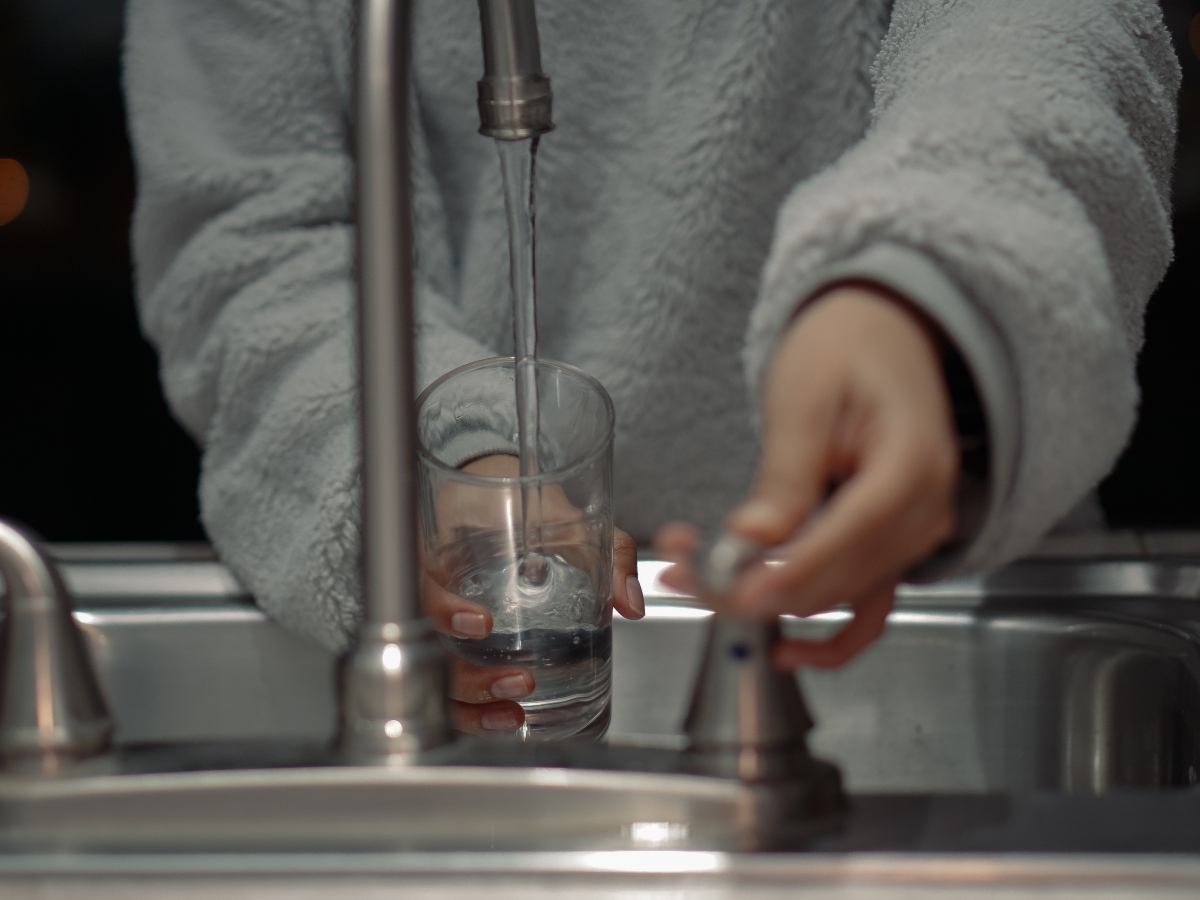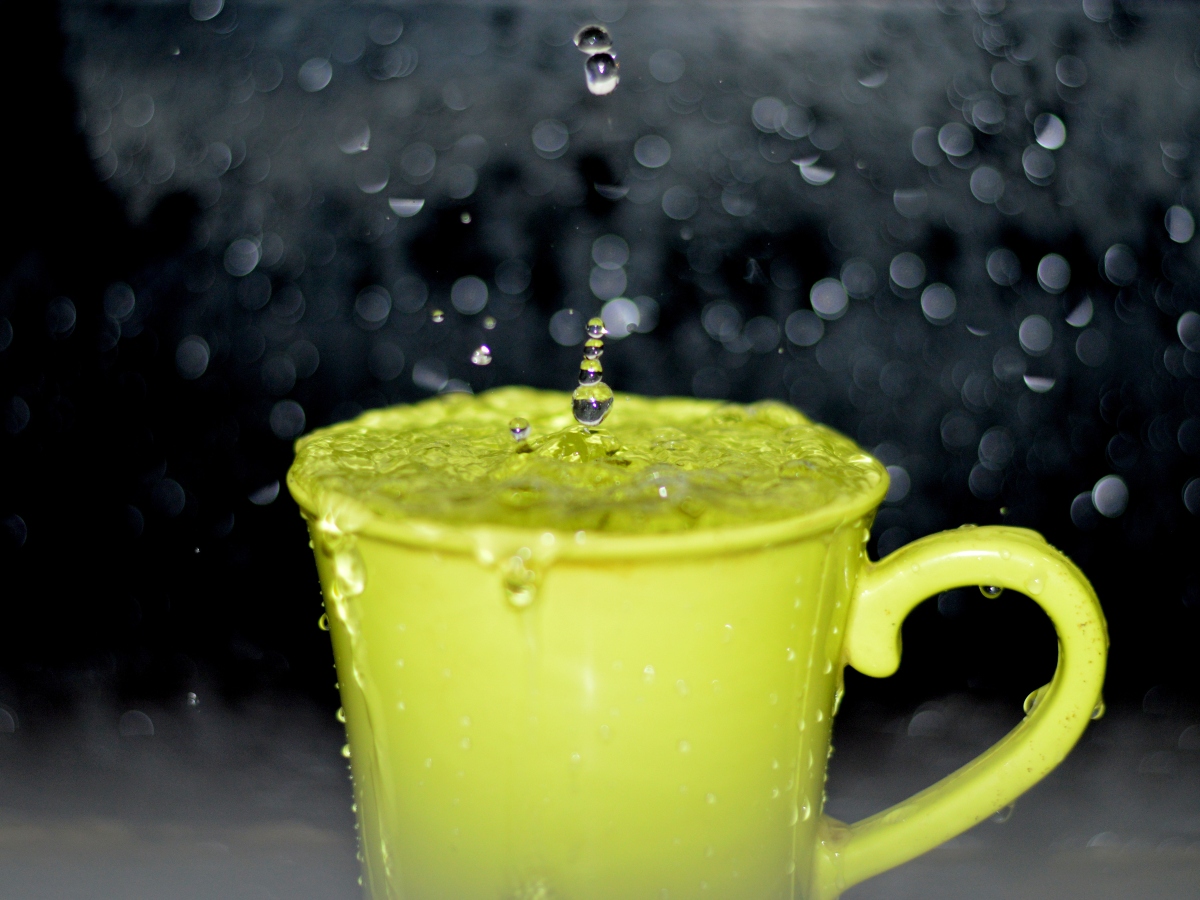Ammonia is a common chemical compound in many household cleaning products and fertilizers. It’s also a natural byproduct of animal waste and decomposition. While the compound may be helpful in specific applications, the harmful effects of ammonia in water cannot be overlooked. According to the World Health Organization findings, ammonia is among the most significant pollutants in water. High ammonia levels can severely affect aquatic life, including fish, crustaceans, and insects, ultimately leading to ecological imbalance.
Ammonia in water can also cause human health issues, including respiratory problems, skin irritation, and eye irritation. This article explores how ammonia affects water, its sources, and its impact on human and aquatic life. We will also highlight some possible solutions to mitigate ammonia pollution in water.
Introduction to Ammonia in Water
Ammonia is made up of nitrogen and hydrogen atoms that are highly soluble in water. It’s an achromatic gas with a pungent odor commonly used to manufacture fertilizers, cleaning products, and other industrial applications. When ammonia disintegrates in water, it forms hydroxide ions (OH-) and ammonium ions (NH4+). The amount of ammonium and hydroxide ions present in the solution depends on the concentration of ammonia and the pH of the water.
Sources of Ammonia in Water
In water, ammonia can exist in two forms:
- Free ammonia (NH3)
- Ammonium ion (NH4+)
Sources of ammonia in water can be natural or human-made and come from various sources. Here are some of the primary sources of ammonia in water:
- Natural sources: Ammonia is naturally present in water bodies such as lakes, rivers, and groundwater. It’s formed by decomposing organic matter, such as dead plants, animals, and fish.
- Agriculture: Ammonia is widely used in agriculture as a fertilizer. It’s applied to crops to give them essential nutrients such as nitrogen. However, it can enter water sources through runoff or leaching from fields if not used properly.
- Industrial processes: Ammonia is used in various industrial processes, such as producing fertilizers, plastics, and chemicals. These industries can release ammonia into the air or water as a byproduct of their operations.
- Wastewater treatment: Ammonia is commonly found in municipal wastewater because of the decomposition of organic matter. It’s typically removed from wastewater through a process called nitrification, where it’s converted into nitrate.
- Aquaculture: Ammonia is a byproduct of fish and shellfish excretion. Aquaculture facilities can release ammonia into water bodies if they need to manage their waste correctly.
- Household cleaning products: Ammonia is common in household cleaning products such as glass and oven cleaners. These products can release ammonia into water sources if not disposed of correctly.
Health Risks Associated with Ammonia Exposure
Some harmful effects of ammonia in water include:
- Respiratory problems: Ammonia is a respiratory irritant and can cause bronchitis and pneumonia in humans. High levels of ammonia exposure can cause difficulty breathing, coughing, and chest pain. These symptoms can be more severe in people with pre-existing respiratory conditions such as asthma.
- Skin and eye irritation: Ammonia can cause skin and eye irritation when it comes into contact with the skin or eyes. It can cause redness, itching, and burning sensations on the skin. Ammonia exposure can also irritate the eyes, leading to tearing, redness, and blurred vision.
- Gastrointestinal problems: Ingesting ammonia-contaminated water can lead to gastrointestinal problems such as diarrhea, vomiting, and nausea.
- Kidney damage: Prolonged exposure to high ammonia levels in water can cause kidney damage. The kidneys excrete ammonia, and excessive exposure can cause kidney dysfunction and damage.
- Reproductive problems: Exposure to high levels of ammonia in water has been associated with reproductive issues such as infertility, congenital disabilities, and low birth weight.
- Neurological effects: Long-term exposure to high ammonia levels in water can cause neurological effects such as headaches, dizziness, and confusion.
It’s essential to ensure that water sources are regularly tested for ammonia levels and treated appropriately to prevent exposure to high ammonia levels. If you suspect you’ve been exposed to ammonia in water, seek medical attention immediately.
Environmental Impact of Ammonia Pollution
The release of ammonia into water bodies can harm the environment, both in terms of human health and aquatic life. Some ways ammonia can impact water pollution include:
Toxicity to aquatic organisms
High ammonia levels in water can harm aquatic organisms, including fish, amphibians, and invertebrates. Ammonia can interfere with the respiratory systems of aquatic organisms, leading to suffocation and death. Additionally, high ammonia levels can lead to changes in water chemistry that can negatively impact the health of aquatic organisms.
Eutrophication
Ammonia can contribute to eutrophication, a process in which excessive nutrients in water bodies stimulate the growth of algae and other aquatic plants. This can lead to reduced oxygen levels in the water and harm aquatic life, as well as unpleasant odors and water discoloration.
Bioaccumulation
Aquatic organisms can take up ammonia and accumulate in their tissues. If consumed, this collation of high ammonia in fish and other aquatic organisms can harm human health.
Regulations and Guidelines for Ammonia in Water
Ammonia can harm aquatic life and human health if present in high concentrations, so there are regulations and guidelines to limit its presence in the water. Here are some of the most important rules and policies for ammonia in water:
- EPA (United States Environmental Protection Agency) has established a maximum contaminant level (MCL) for ammonia in drinking water of 1.5 parts per million (ppm).
- WHO (World Health Organization) has set a guideline value of 0.5 ppm for ammonia in drinking water.
- The EPA has established water quality criteria for ammonia in surface waters to protect aquatic life. These criteria vary depending on the type of water body and the species of aquatic life present.
- In some countries, there are limits on the amount of ammonia that can be discharged into surface waters or wastewater treatment plants. For example, in the European Union, there are specific limits on the amount of ammonia that can be released into surface waters under the Water Framework Directive.
- Occupational Safety and Health Administration (OSHA) has set a permissible exposure limit (PEL) of 50 ppm for ammonia in workplace air over an 8-hour workday.
- The EPA has established a secondary maximum contaminant level (SMCL) for ammonia in drinking water of 1.0 ppm, intended to address aesthetic concerns such as taste and odor.
Overall, the regulations and guidelines for ammonia in water are intended to protect both human health and the surroundings from the harmful effects of ammonia in water.

Methods for Removing Ammonia from Water
There are various methods for removing ammonia from the water depending on the particular circumstances and the level of ammonia. It’s essential to consult with a water treatment professional to determine the most effective method.
Aeration
Aeration is a process that involves introducing air into the water to promote the release of ammonia gas. As the air bubbles rise through the water, they create turbulence and increase the surface area of the water, which promotes the release of ammonia into the air. Aeration can be accomplished through various methods, including diffused air systems, mechanical agitators, and spray nozzles.
Chlorination
Chlorination is a widely used method for removing ammonia from water. It uses various forms of chlorine, including gas, liquid, and solid. Chlorine combines with ammonia to form chloramines, which filtration can easily remove.
Reverse Osmosis
Reverse osmosis is a procedure that uses a semi-permeable membrane to remove ammonia from the water. The water is forced through the membrane under pressure, which allows only water molecules to pass through, while other molecules, like ammonia, are trapped and removed. Reverse osmosis is an efficient method for removing ammonia from water, but it can be expensive and energy intensive.
Ion Exchange
Ion exchange is a process that involves passing water through a resin bed that contains exchangeable ions, such as hydrogen or sodium ions. The exchangeable ions attract and remove ammonia ions from the water. Ion exchange is an effective method for removing ammonia from water, but it can be expensive and requires regular maintenance.
Biological Filtration
Biological filtration is a natural method for removing ammonia from the water. It involves the use of beneficial bacteria to break down ammonia in water. The bacteria convert ammonia to nitrite and nitrate, less harmful to aquatic life. Biological filtration is often used in aquariums and aquaponic systems, where the bacteria protect water users from the harmful effects of ammonia in water.
Ways to Look out for Signs of Ammonia in Water
There are several ways to detect or look out for signs of ammonia in water:
- Smell: Ammonia has a powerful, pungent odor that is easily recognizable. If you detect a strong, unpleasant odor like that of cleaning products or urine, it may indicate the presence of ammonia in the water.
- Test strips: You can use test strips specifically designed to detect the presence of ammonia in water.
- Chemical test kits: You can also use chemical test kits containing reagents to test for ammonia in water. These kits typically involve adding a specific amount of reagent to a water sample and observing a color change that indicates the ammonia concentration.
- Electronic ammonia meters: These devices use probes to measure the ammonia concentration in water electronically. They are more accurate than test strips or chemical test kits but can be more expensive.
- Observation of aquatic life: If you notice that fish or other aquatic life in your aquarium or pond behave abnormally, such as gasping for air or swimming near the surface, it may indicate that the water has high ammonia levels. This is because ammonia is toxic to aquatic life and can cause respiratory problems.
It’s essential to note that if you suspect the presence of ammonia in your drinking water, it’s best to contact your local water treatment facility or a professional water testing service to confirm and address the issue.

Enjoy Clean Water with ONIT Home
If you’re concerned about the harmful effects of ammonia in water, act now to protect yourself and your loved ones. One way to determine the quality of your drinking water is by getting a free water test from ONIT Home.
With a free water test from ONIT Home, you can determine the quality of your drinking water and identify any potential sources of ammonia contamination. Our professionals will work with you to develop a personalized solution to ensure that your water is healthy and safe for you and your family. Our testing takes less than 10 minutes.
Contact ONIT Home today at 1-833-433-0331 to schedule your free water test and take the first step towards a healthier, happier life.



